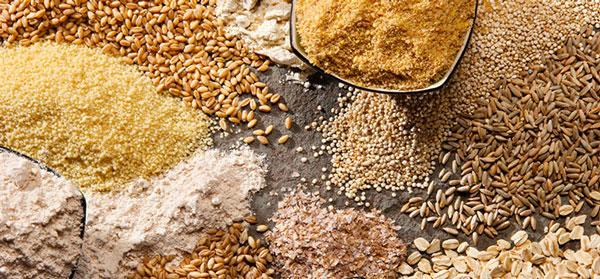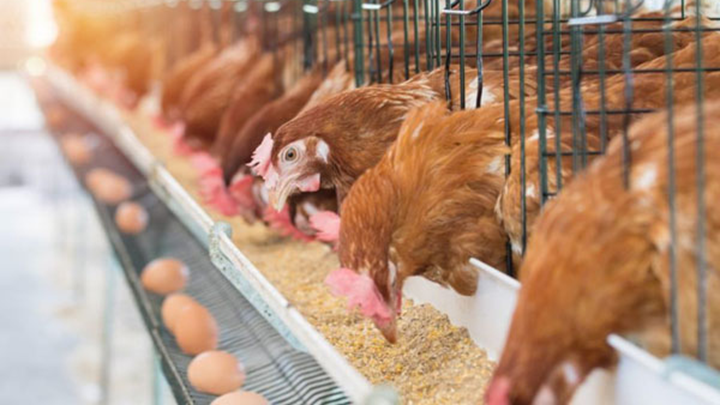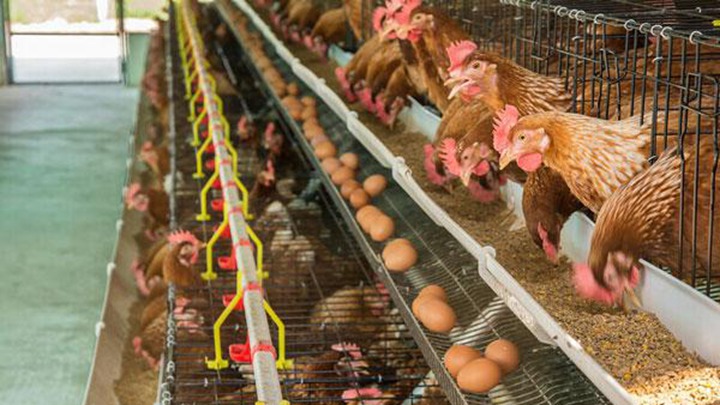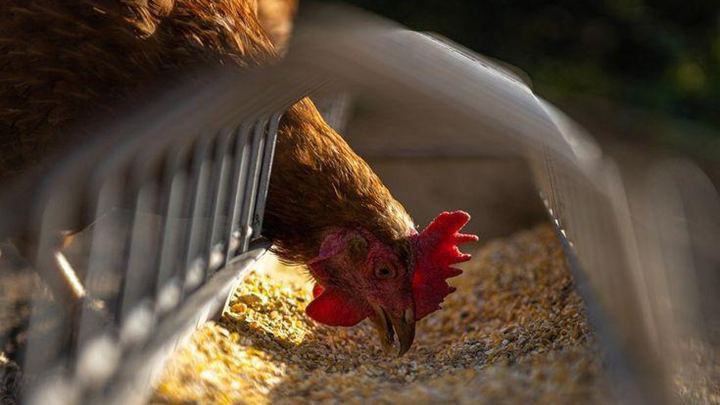Raw materials influence the performance of animal feed. Using suitable raw materials has nutritional benefits that will help improve productivity, health, and farm efficiency. The ingredients you use will supply the required nutrients and help improve the pellets’ taste.
Keep reading this article to know the raw materials you can use and understand the nutritional benefits and impact of ingredient quality on feed performance.
Types of Animal Feed
There are three classifications of animal feed. They are:
- Roughages- roughages come from plant products like hays, pasture forage, silages, and other plant byproducts containing high amounts of fiber.
- Concentrates- these are the animal feed that are high in carbohydrates. They include corn, barley, oats, and sorghum grains.
- Mixed feeds- these are different raw materials mixed to produce the required nutritional needs.
Common Raw Materials Used in Animal Feed Pellets
There are so many raw materials to use in making animal feeds. They include plant and animal products. They include:
Grains
Grains are helpful in animal feed because they provide energy. These grains come from cereal plants like corn, barley, oats, wheat, etc. Besides serving as energy-giving food, cereals are also rich in fiber. Fibre is suitable for preventing constipation.
Distillers grains
Distiller grains are the remains obtained after distilling ethanol from wheat, sorghum, or corn. These grains are highly nutritious. They are a good source of oil, which acts as an energy giver, fiber, and protein, which helps with growth.
Soybean meal
Soybean meal, as the name suggests, comes from soybeans. Soybeans are rich in oil and high protein composition. This raw material is suitable for making pellets for young animals as they need protein to grow.
You can also use soybean meal to make feed for animals that are kept for meat. These animals can be swine, poultry, and cattle.
Rapeseed meal
Rapeseed meal also called canola meal, is a crucial raw material that you can use to make a feed meal. Canola meal comes from canola oil and is highly rich in protein, carbohydrates, and fiber.
However, rapeseed meal also carries an added advantage. Besides carrying macronutrients, it contains micronutrients like B vitamins, calcium, iron, selenium, manganese, and many others. Canola meal is suitable for making poultry, dairy, and other livestock feed.
Fishmeal
Fishmeal is a raw material coming from fish products. Fish meal is high in protein and is good for the aquaculture industry and for other animal feeds. Besides having protein nutrients, fishmeal also contains omega 3, which is essential for the heart.
Feather meal
Feather meal is an essential animal feed ingredient processed from feathers. However, although it is high in protein content, it also has disadvantages. Feather meal is more challenging to digest compared to the other feed meals.
Filler materials
You may add raw materials such as binders or fillers when preparing pellets. These are the inert minerals that are not required in large quantities. They include calcium phosphate and limestone. Limestone is high in calcium. Animals need calcium together with phosphorus for the development of bones.
What to Consider When Selecting Raw Material for Pellets
Although there are many raw materials for preparing animal feed, there are a few things to consider. These include:
- The type of animal – some raw materials are not good for certain animals. For example, feather meal is indigestible and can affect fish if used to make fish feed.
- Age of the animal – Young animals have quite different nutritional needs from mature animals. Developing animals require high protein content. You should, therefore, include more protein content in the diet.
- Availability of the raw material – Select raw materials found within the locality to avoid extra costs like importation taxes and transportation.
Nutritional Value of Animal Feed
Before deciding to use a certain raw material to use in making feed pellets, it’s crucial to understand its value. Understanding the nutritional value will help in making better-informed decisions. For example, fingerlings need to develop faster; a good farmer will use protein as raw materials to prepare pellets for such fish.
Some nutritional value of feed components include:
- Corn grains: 7-10% protein, 60-70% starch, 1-3% fiber and 2-4% fat.
- Soybean meal: 40-50% protein, 5-10% carbohydrate, 5-8% fiber and 1-2% fat.
- Feather meal: 75-90% protein, 2-3% carbohydrate, high in fibre and low fat.
- Fishmeal: 60-75% protein, high in energy, 1% fiber and omega 3 (DHA and EPA)
What Makes Animal Feed to Be Effective?
For effective performance in a feed meal, you should blend various animal feeds to have a variety of nutrients in the diet. When preparing the pellets, ensure they have a completely balanced diet.
Functions of Raw Materials in Animal Feeds
Animal feed’s ability to function well depends on the raw material used. Here is how the different nutrients in different raw materials impact efficiency:
1. Energy Density: Raw materials containing high energy content contribute to improvement in feed efficiency. The feed becomes effective due to the energy needed for growth and development.
2. Digestibility: Some raw materials like soybeans, corn, and fish feed are digestible; this helps reduce the feed conversion rate. Remember that some other raw materials, like feather meal, are less digestible, so they usually come with increased feed conversion rates and are less effective.
3. Protein content: Protein in animal feed is essential for development. The presence of raw materials like fish feed and soybeans helps to enhance feed efficiency. These raw materials contain amino acids necessary for the animal’s optimal body performance.
Alternative and Sustainable Feed Raw Materials
When raw materials are scarce, some ingredients can be used to supplement the nutritional requirements of the feed. Some of the ingredients include:
- Cover Crops: Plants such as clover and vetch, grown as cover crops, can also be used as alternative raw materials for preparing animal feed. Clover contains approximately 15-30% protein. Protein in clover is essential as it effectively influences milk production and animal growth.
- Fungi: Some fungi families, like yeast, can be used as raw materials for animal feed. Other fungi groups like Quorn are high in protein and easy to cultivate.
- Legumes: In the absence of soybeans, other leguminous plants like chickpeas, lentils, and peas can be used. All leguminous plants are rich in protein. Therefore, using them can help improve the protein content of the feed.
- Seaweed: Seaweeds are also an excellent raw material for animal feed. They come with some added advantages. Some seaweeds, like kelp, are rich in minerals, omega-3, vitamins, and fatty acids. When used as animal feed, they provide the animal’s nutritional needs and help reduce methane emissions in ruminants.
Final Thought
When choosing raw materials for animal feeds, you must consider their nutritional needs. Some raw materials have the same components of nutrients. When preparing the feed, include raw materials with different nutrients to ensure a balanced diet. Also, keep in mind the type of animal you are preparing for. Some raw materials are indigestible, hence not conducive to animals like fish.





